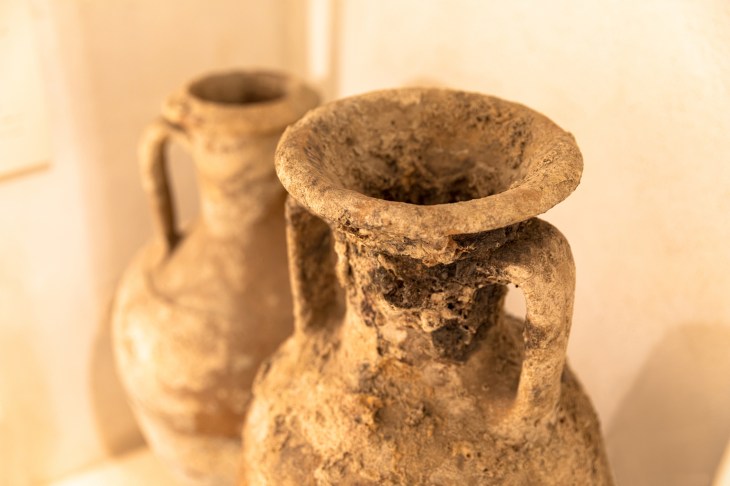As soon as the blaze that nearly brought down Notre Dame was extinguished, two questions were asked: how did it catch fire? And how will it be rebuilt? So too with a famous Greek temple.
In 560 bc in Ephesus on the west coast of modern Turkey was built a massive temple to Artemis (Roman Diana), the largest building we know of from the Greek world and the first to be constructed out of marble. It was sponsored by Croesus, king of Lydia, a man so rich you could commit suicide by jumping off his wallet. But it was intentionally burned down in 356 bc by a man called Herostratus, who set fire to the wooden roof supports. That brought down the roof, as in Notre Dame, and everything else with it. His motive? Because he wanted to become ‘famous’. How very 21st-century of him.
Greeks incidentally wondered why the god did not protect it, and decided it was because Artemis was away attending the birth of the Macedonian Alexander the Great. We await the official report on the Notre Dame fire, which the French are convinced was due to an electrical fault. Any views, Archbishop Aupetit?
The Ephesians began to rebuild the temple on the same colossal scale as its predecessor — the stylobate measured 170 by 377 feet, three times bigger than the Parthenon, so huge it needed two row of pillars round each side, and three rows at the front, 58 feet tall: Ionic pillars, slim and elegant, 127 in all; and magnificent sculptural decoration.
In 334 bc, Alexander — who else? — was passing en route to taking revenge on the Persians, and offered to sponsor the complete reconstruction. That would show them who was boss. This landed the Ephesian town council with a problem: they had absolutely no intention of being obliged to this Macedonian oik, but how could they put off such a powerful figure? Easy: they told him piously that it was improper for one god to make an offering to another. They knew their man: how on earth could he resist such grotesque flattery?
It is still not too late for an Englishman to do an Alexander over Notre Dame, if only for the pleasure of watching Macron’s reaction.






Comments